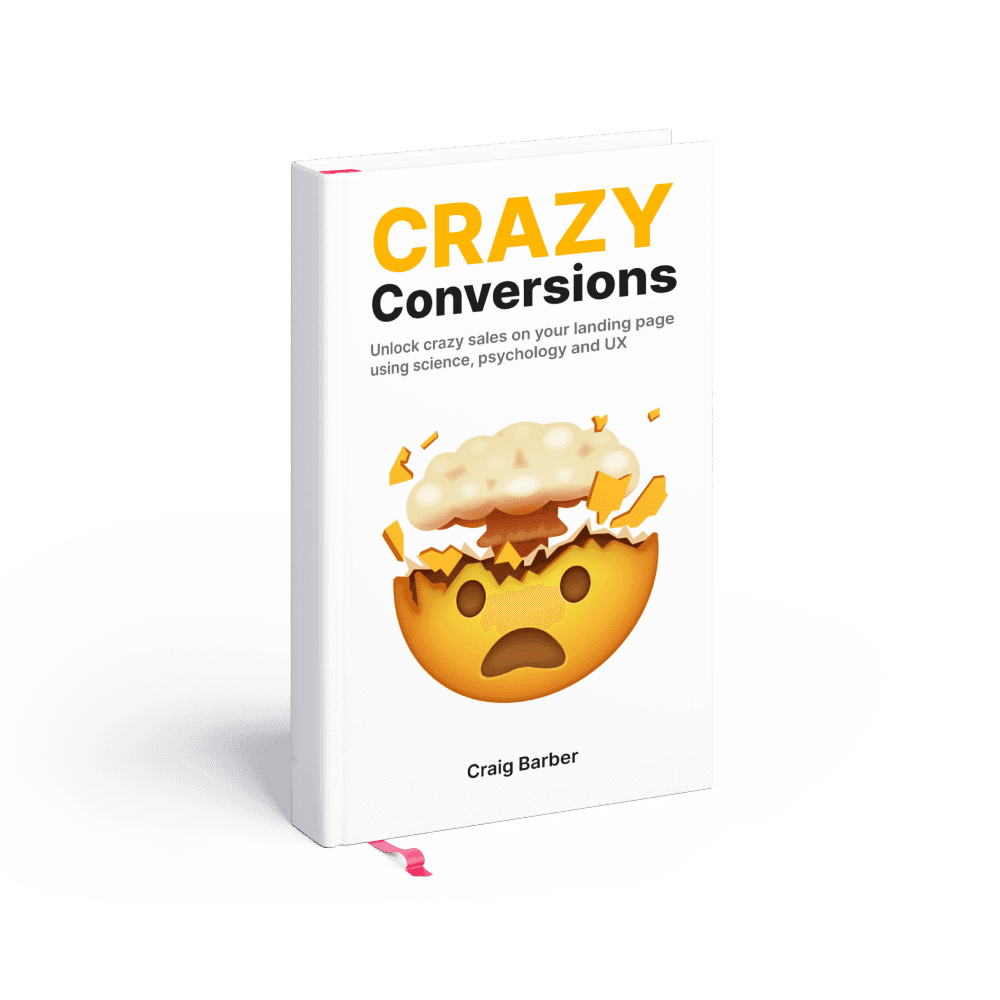Website Design: The Ultimate Guide for Beginners
Discover the art of website design and learn why it's crucial for online success with our comprehensive guide
Welcome to our blog post where we embark on an exciting journey into the world of website design!
In today's digital era, a well-designed website has become a crucial element for success in any online venture.
In this article, we'll explore what website design is, highlight the importance of good design, showcase some awe-inspiring examples, delve into the compensation of website designers, and reveal the popular software and tools used in this creative field.
So, let's dive in!
What is Website Design?

Website design encompasses the process of creating visually appealing and user-friendly websites.
It involves combining aesthetics, functionality, and user experience to develop a digital space that captivates visitors, engages them with meaningful content, and ultimately achieves the desired goals of the website owner.
Website designers leverage their creativity and technical skills to craft interfaces that seamlessly blend style and substance.
Website Design Explainer Video:
Why is Good Website Design Important?

First Impressions
A well-designed website is like a warm welcome to your virtual storefront. It makes an immediate positive impression on visitors, encouraging them to explore further and stay longer on your site.
User Experience (UX)
Great design enhances the overall user experience by providing intuitive navigation, easy-to-use interfaces, and visually pleasing layouts. This keeps visitors engaged and encourages them to return.
Branding and Credibility
A professionally designed website showcases your brand's identity, establishes credibility, and instills trust in your visitors. It creates a cohesive online presence that reflects your values and mission.
Conversion and Engagement
An optimized website design directs users towards your desired actions, such as making a purchase, filling out a form, or subscribing to a newsletter. Well-placed calls-to-action and clear messaging can significantly boost conversion rates.
Examples of Amazing Website Design

Stripe
Known for its seamless payment solutions, Stripe's website impresses with its clean, minimalist design, coupled with vibrant illustrations that highlight key features and benefits.
Airbnb
Airbnb's website is a visual delight, incorporating stunning photography, an intuitive search functionality, and immersive storytelling to inspire users to plan their next adventure.
Apple
Apple's website showcases the company's commitment to elegant simplicity. With its sleek design, minimalist approach, and powerful product imagery, Apple has mastered the art of engaging users while highlighting their cutting-edge technology.
Website Design Trends

Website design trends are constantly evolving, reflecting changes in technology, user preferences, and industry standards.
Here are some current website design trends to keep an eye on:
Dark Mode
Dark backgrounds with light text have gained popularity for their sleek and modern aesthetic, providing a visually striking and immersive user experience.
Minimalism
Minimalistic design continues to dominate, with clean and clutter-free layouts, ample white space, and focused typography. This approach emphasizes simplicity and easy navigation.
Microinteractions
Microinteractions are subtle animations or interactive elements that provide feedback or enhance user engagement. These small details can make a website feel more dynamic and enjoyable to use.
Asymmetric Layouts
Breaking away from traditional grid-based designs, asymmetric layouts add visual interest and create a unique and memorable user experience. They often feature overlapping elements and creative use of negative space.
Bold and Vibrant Colors
Websites are embracing bold and vibrant color schemes to make a statement and create a visually captivating experience. Gradients and duotones are popular choices to add depth and energy.
Typography Focus
Creative typography choices are being used to create visual hierarchy and evoke emotions. Large, eye-catching headlines and unique font pairings are common in modern designs.
Scroll-triggered Animations
Animations triggered by scrolling can add depth and interactivity to a website. These animations help guide the user's attention and create a more engaging experience.
3D Elements and Illustrations
Three-dimensional elements and illustrations are increasingly being used to add depth and visual interest to websites. They create a sense of realism and can enhance storytelling.
Voice User Interface (VUI)
With the rise of voice assistants, websites are incorporating voice user interfaces to provide hands-free navigation and interaction, making websites more accessible and user-friendly.
Responsive Design
As mobile device usage continues to grow, responsive design remains crucial. Websites need to adapt seamlessly to various screen sizes and resolutions to provide a consistent and optimized user experience across devices.
Remember that while trends can provide inspiration, it's important to strike a balance between following trends and ensuring a design aligns with the specific needs and goals of the website and its target audience.
Software and Tools for Website Design

Adobe Creative Cloud
This suite of software, including Photoshop, Illustrator, and XD, is widely used for creating graphics, editing images, and prototyping website designs.
Figma
Figma is a collaborative design tool that enables multiple designers to work simultaneously on a project. It offers powerful prototyping features and streamlines the design process.
WordPress
A popular content management system (CMS), WordPress provides website designers with a flexible platform to build and customize websites using themes and plugins.
Canva
Canva is a user-friendly graphic design tool that simplifies the process of creating engaging visuals, social media graphics, and even basic website designs.
How Much Do Website Designers Get Paid?

Website designers' salaries vary based on factors such as experience, location, and the complexity of projects they handle.
On average, a website designer can earn anywhere between $50,000 and $90,000 per year.
Freelance designers often charge an hourly rate ranging from $30 to $100, depending on their expertise and reputation.
Frequently Asked Questions about Website Design:

What is website design?
Website design refers to the process of creating the visual appearance and layout of a website. It involves selecting colors, fonts, images, and arranging elements on the page to create an appealing and user-friendly website.
Why is website design important?
Website design plays a crucial role in attracting and engaging visitors. A well-designed website enhances user experience, makes navigation easy, and communicates your brand effectively. It helps build trust with your audience and encourages them to stay longer on your site.
Do I need coding skills to design a website?
While coding skills can be beneficial, they are not mandatory for designing a website. There are numerous user-friendly website builders and content management systems (CMS) available that require little to no coding knowledge. These tools provide pre-designed templates and drag-and-drop functionality, making it easy for beginners to create a website without coding.
How do I choose the right color scheme for my website?
When selecting a color scheme, consider your brand, target audience, and the emotions you want to evoke. Choose colors that align with your brand identity and create a visually pleasing experience. Use color psychology to guide your choices—for example, blue can convey trust, while red can evoke excitement. Additionally, ensure that the color combinations offer sufficient contrast for readability.
What are the key elements of a user-friendly website design?
A user-friendly website design should have clear navigation, consistent layout, fast loading speed, and responsive design that adapts to different devices. It should also include intuitive menus, easily readable content, proper use of white space, and well-placed call-to-action buttons to guide users through the site.
How can I make my website mobile-friendly?
To make your website mobile-friendly, you should use a responsive design approach. Responsive design ensures that your website adapts to different screen sizes and devices, providing a seamless experience for mobile users. Choose mobile-friendly fonts and make sure your buttons and links are easily clickable on smaller screens. Regularly test your website on various mobile devices to ensure optimal performance.
What is the importance of website loading speed?
Website loading speed is crucial for user experience and search engine optimization. Slow-loading websites can frustrate visitors and lead to higher bounce rates. To improve loading speed, optimize image sizes, minimize the use of plugins, leverage caching techniques, and choose a reliable web hosting provider.
How can I optimize my website for search engines?
To optimize your website for search engines, focus on creating high-quality, relevant content that incorporates relevant keywords. Ensure your website is properly structured, with clear headings and meta tags. Optimize your images by using descriptive alt tags and compressing them for faster loading. Additionally, build quality backlinks from reputable sources to improve your website's visibility in search engine results.
Should I include a blog on my website?
Including a blog on your website can bring several benefits. It allows you to regularly update your site with fresh content, which can improve search engine rankings and attract more visitors. A blog also provides an opportunity to engage with your audience, share industry insights, and establish yourself as an authority in your field.
How can I measure the success of my website design?
You can measure the success of your website design by monitoring various metrics, such as website traffic, bounce rate, time spent on site, conversion rate, and engagement on specific pages. Use web analytics tools like Google Analytics to track these metrics and gain insights into how visitors are interacting with your site.
Conclusion
In the ever-evolving digital landscape, website design plays a pivotal role in capturing the attention of online audiences and achieving business goals.
Good design not only delights visitors but also establishes credibility and fosters engagement.
By incorporating the right tools and staying attuned to emerging design trends, website designers can create digital masterpieces that leave a lasting impact.
Whether you're a business owner or an aspiring designer, understanding the importance of website design is key to achieving online success.
So, let your creativity soar, explore the vast possibilities, and design websites that captivate and inspire.
Happy designing!
Boost sales in 30 days or your money back
Introducing Crazy Conversions, the powerful playbook helping founders unlock sales on their landing page
Boost my sales now $29

5/5 stars on Gumroad





